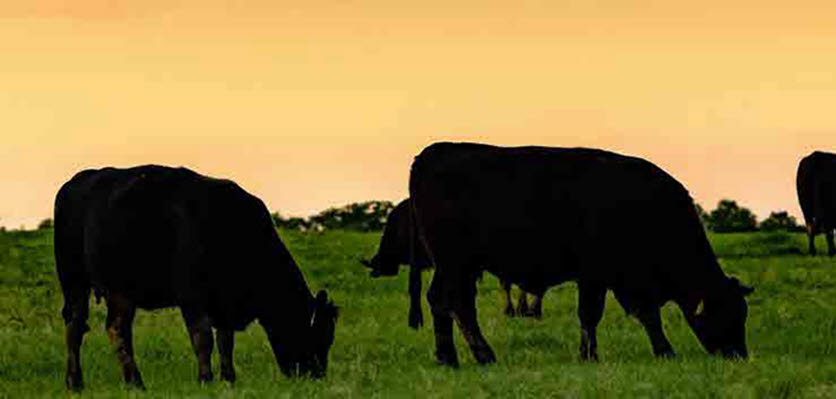Foot and mouth disease

What is foot and mouth disease?
Foot and mouth disease, FMD or hoof-and-mouth disease (Aphthae epizooticae) is a highly contagious and sometimes fatal viral disease of cloven-hoofed animals.
The 2001 outbreak of foot and mouth disease (FMD) in the United Kingdom was the largest in history, causing losses of more than 8 billion pounds (approximately $AU19 billion). It resulted in slaughtered animals and payments for disposal and clean-up costs. These included:
- 2030 cases spread across the country
- the culling of about six million animals
- losses of 3.1 billion pounds (approximately $AU 7.6 billion) to agriculture and the food chain
- 2.5 billion pounds (approximately $AU 6.1 billion) was paid by the Government in compensation.
FMD in Australia
A Productivity Commission Research Report — Impact of a Foot and Mouth Disease Outbreak on Australia — has found that a major outbreak could cost Australia over $9 billion in lost export earnings over an eight-year period. Such an outbreak could reduce Australia’s Gross Domestic Product by between $8 billion and $13 billion.
The report found that the losses from a hypothetical outbreak of foot and mouth disease would arise primarily from the closure of export markets for Australia’s livestock products and would occur regardless of the location of an outbreak. Australia’s beef industry would be particularly affected. Because of the size of its beef industry, Queensland would suffer the largest losses, although livestock-dependent regions in all States and the Northern Territory would suffer.
The report found that the control of an outbreak would require a major logistical effort by all governments and the livestock industry, at a cost of between $30 million and $450 million, depending on how long it took to achieve control.
Commissioner Mike Woods said: ‘The necessary control measures, including quarantine of infected properties and slaughter of affected livestock, would have a severe impact on the lives of people and communities in the control areas. The financial losses to the livestock and related industries would also lead to adverse social consequences throughout rural and regional Australia’.
The report found that if FMD-free zones could be established in the unaffected states in the event of an outbreak, and were recognised by our trading partners, the losses to the national economy would be reduced by up to two thirds. Emergency vaccination of animals around outbreak areas would be a sensible option where it could reduce the length of an outbreak.
